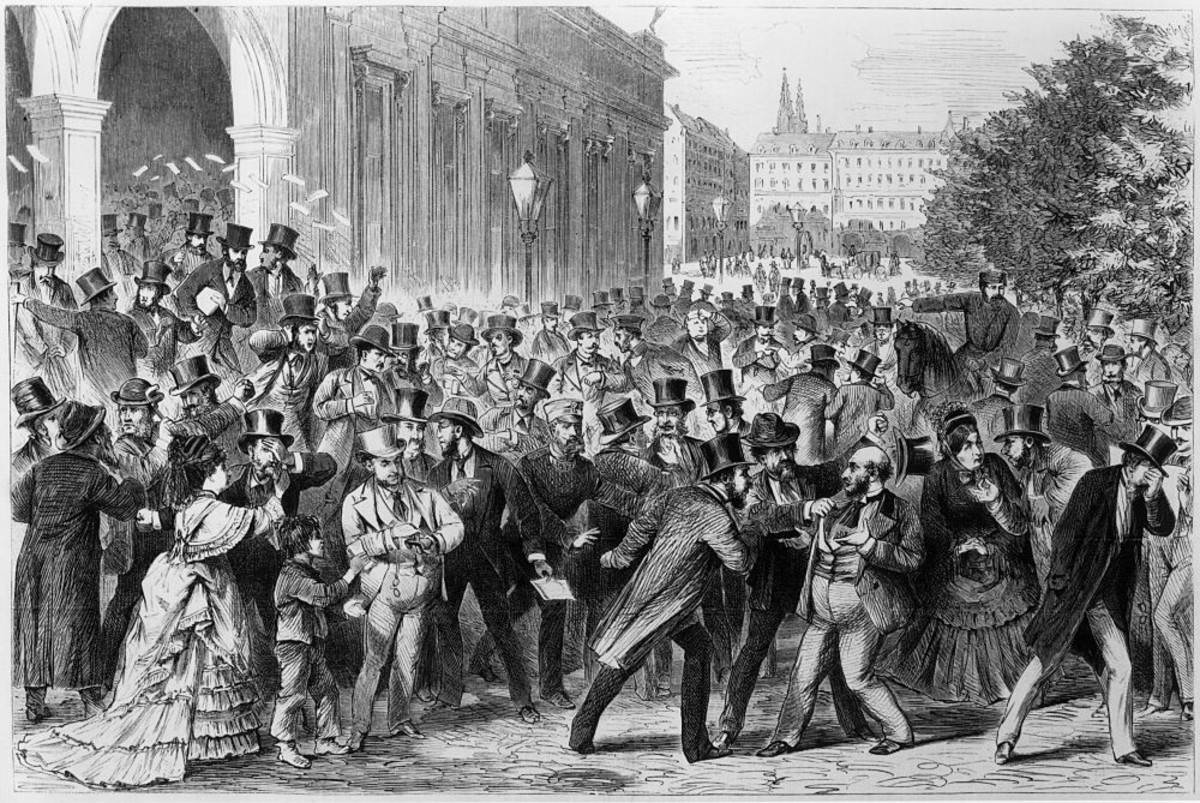- HubPages»
- Politics and Social Issues»
- Environment & Green Issues»
- Disasters & Recovery
Revisiting the Evolution of American Federalism
Evolution of Federalism From its Origin to the American Political System
Federalism in America has gone through a number of transformations since it first emerged some 200 years back. In the current perspective, all forms of governments whether federal, state or local are playing a crucial role in meeting the needs of their citizens. There are also changed expectations by the citizens on what type of services or rights the government should provide. What is more, relations between the state, local and federal government have become more complex on a regular basis.
Since the case of Printz v. United States in 1997, not all judicial decisions made by the courts are now favoring national power. In this particular case, the court invalidated the law, which required local law enforcers to undertake background checks on all those interested in acquiring guns. According to the court ruling, this law was a violation of the tenth amendment. Explaining the sentiments of the majority, Judge Antonin Scalia stated,
“The federal government has no mandate to issue directives, which require states to address particular problems. Moreover, the federal government my not command the state’s law enforcers, or political affiliates to enforce or administer a specific regulatory program”. The court viewed such commands as being incompatible in fundamental aspects with the country’s dual sovereignty and constitutional system” (Reuters, 2015).
Fiscal federalism includes the provision of financial resources from the national government to the states. This in most cases occurs in form of grants for the purpose of promoting national goals. These may include, but not limited to environmental standards, public welfare, and educational achievements among others. Until 1911, the federal grants could only be utilized in supporting education and agricultural research. However, the introduction of the sixteenth amendment in 1916 legalized the federal income. Consequently, the national government acquired a significant revenue source, which is utilized in shaping the national policies in different policy areas including states (Taylor, 2013).
In early 1960s, block grants were the most popular form of grants in broad policy areas. Majority of the states preferred block grants since these could be adapted to meet their specific needs. Nonetheless, Congress is reluctant to utilize block grants since they loosen its control on the expenditure of finances. These are among the examples on the evolution of federalism on the American federal system (Taylor, 2013).
Factors that Have Allowed the Concept of Federalism to Shape American Political Behavior
The prevalence of common political cultures implies that Americans have similar thoughts. There are those who are conservative but vote republican. On the other hand, there are those who are liberal but vote democratic. While there are those who have negative attitudes towards public officials, there are those who are not. These attitudes are the major determinants on the participation of Americans regarding who to vote for and their affiliation to specific political parties. Among the major factors that have allowed federalism to shape political behavior in America include, race, religion, family among others.
Religion
Various studies taken as early as 1940s indicate that, Jewish votes were more inclined towards Protestants than Catholics. Catholics on the other hand, were more liberal on issues related to economy including taxes and the minimum wage than they were on social issues such as divorce or abortion. Studies that are more recent have emphasized on the diversion of political attitudes and behavior among different religious groupings and behavior. The “religious rights” depicts a tendency of supporting more conservative candidate for political office and that they have a more likelihood of supporting the Republican Party than the Democratic Party. This tendency has been related with social issues including abortion, school prayer, foreign affairs, divorce, and economic issues (Wald, and Leege, 2010).
Race and ethnicity
Majority of African-Americans are strong supporters of Democrats when compared to any other group. According to some analysts, this loyalty has continued to weaken over the past few years. For instance, recent elections presented a confirmation that black Americans were beginning to get inclined towards the Democratic wing. Moreover, there is a tendency for Latinos to vote Democratic but this relationship is weaker when compared with that of the black. In further complicating things, different Latino group indicates different patterns of voting. A good example is Cuban Americans who have the tendency of voting Republicans while Mexican Americans have a tendency of voting Democrats.
Families
Despite the existence of generation gaps and family disagreements, there is a tendency of parental voting patterns to influence their children. Family is the most influential factor that influences the development of young people’s political opinions. In logical sense, the more a particular family is politically active, the more their children hold similar believes (IHA). A good example is the Bush family, which have similar political views.
Factors Illustrating how the Relationship between the States and the Federal Government Influences the Creation of American Policies Overall
The authority and relationship of the federal government and the states are guided by the U.S constitution. The subsequent part presents some of the factors on how this relationship influences the creation of overall policies.
a) Preservation of the State Sovereignty
When regulating or legislating any activity in the states, officials in these states are required to preserve state sovereignty. On the other hand, the federal government is required to perform actions and duties that are relegated to them by the constitution. In other words, it should unnecessarily interfere with the functioning of the state government.
b) Preemption of State Laws and Policies
In the event that a particular state fails to act reasonably and collectively on issues that harbor legitimate concern, it becomes imperative for the federal government to intervene. This intervention may involve institution of policies that are aimed at addressing the issue in question. This is evident in the state regulation such as state security, education systems, banking and finance services, justice systems and insurance programs.








